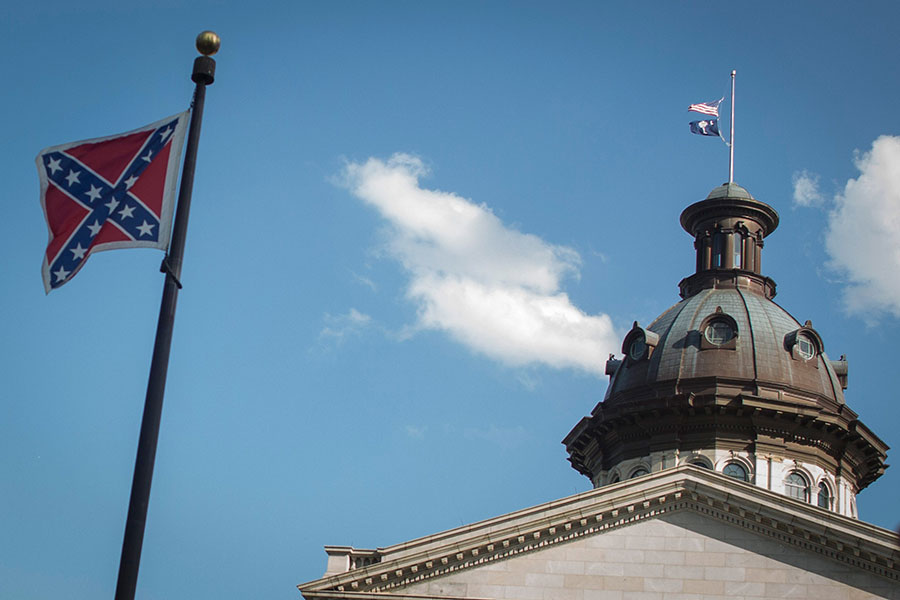
"Yet the historical record reveals a different story. Instead of being the unintended consequence of the democratic process at work, punitive crime policy is a result of a process of selectively hearing black voices on the question of crime.
There’s no question that by the early 1990s, blacks wanted an immediate response to the crime, violence and drug markets in their communities. But even at the time, many were asking for something different from the crime bill. Calls for tough sentencing and police protection were paired with calls for full employment, quality education and drug treatment, and criticism of police brutality.
It’s not just that those demands were ignored completely. It’s that some elements were elevated and others were diminished — what we call selective hearing. Policy makers pointed to black support for greater punishment and surveillance, without recognizing accompanying demands to redirect power and economic resources to low-income minority communities. When blacks ask for better policing, legislators tend to hear more instead.
Selective hearing has a deep history. In the Progressive Era, W.E.B. DuBois and Ida B. Wells called for state authorities to offer blacks the same social investment that reformers used to manage crime in white immigrant communities. But while whites received rehabilitation and welfare programs, black citizens found themselves overpunished and underprotected.
During the 1960s, blacks argued for full socioeconomic inclusion and an end to discriminatory policing, which they argued was a root cause of that decade’s urban unrest. Instead, they got militarized police forces and riot tanks in the Omnibus Crime Control and Safe Streets Act of 1968.
In the ashes of the war on poverty, the trend accelerated. The penal system ballooned, while social supports directed toward the poorest and most vulnerable declined precipitously. Black leaders argued for full employment in the press and on the floor of Congress, urged vetoes of draconian legislation and drafted their own bills to support community-led anti-crime programs — and all to little avail.
Flash forward to the Clinton era. As soon as Chuck Schumer, Joseph R. Biden Jr. and others introduced their bipartisan crime bill in September of 1993, groups representing black communities pushed back. The N.A.A.C.P. called it a “crime against the American people.”
While supporting the idea of addressing crime, members of the Congressional Black Caucus criticized the bill itself and introduced an alternative bill that included investments in prevention and alternatives to incarceration, devoted $2 billion more to drug treatment and $3 billion more to early intervention programs. The caucus also put forward the Racial Justice Act, which would have made it possible to use statistical evidence of racial bias to challenge death sentences.
Given the history of selective hearing, what followed was no surprise. Black support for anti-crime legislation was highlighted, while black criticism of the specific legislation was tuned out. The caucus threatened to stall the bill, but lawmakers scrapped the Racial Justice Act when Republicans promised to filibuster any legislation that adopted its measures.
In final negotiations, Democratic leadership yielded to Republicans demanding that prevention (or “welfare for criminals” as one called it) be sliced in exchange for their votes. Senator Robert Dole insisted that the focus be “on cutting pork, not on cutting prisons or police.” The compromise eliminated $2.5 billion in social spending and only $800 million in prison expenditures.
This presented black lawmakers with a dilemma: Defeating the bill might pave the way for something even more draconian down the line, and lose critical prevention funding still in the bill. Ultimately, 26 of the 38 voting members supported the legislation. But those who broke ranks did so loudly: As Representative Robert C. Scott of Virginia explained, “You wouldn’t ask an opponent of abortion to look at a bill with the greatest expansion of abortion in the history of the United States, and argue that he ought to vote for it because it’s got some highway funding in it.”
Mr. Scott had it right: The bill allocated federal funds for up to 75 percent of the cost of new prisons, defined 60 new capital offenses, constricted inmates’ access to higher education and introduced 100,000 more police officers. Less than a quarter of the funding went to prevention programs. Over two decades later, this legislation continues to shape the lives of millions of African-Americans, overwhelmingly for the worse. This legislation further entrenched the idea that vulnerable urban communities are best managed through harsh punishment and heightened surveillance.
Making our neighborhoods places of mobility and fortune, not disinvestment and confinement, means that the voices of the people most affected must be heard and heeded. As we debate how to switch course, our popular understanding of the rise of “get tough” laws should not layer selective memory atop selective hearing of the past by justifying black incarceration with trite references to black voices."
Did Blacks Really Endorse the 1994 Crime Bill? - The New York Times








